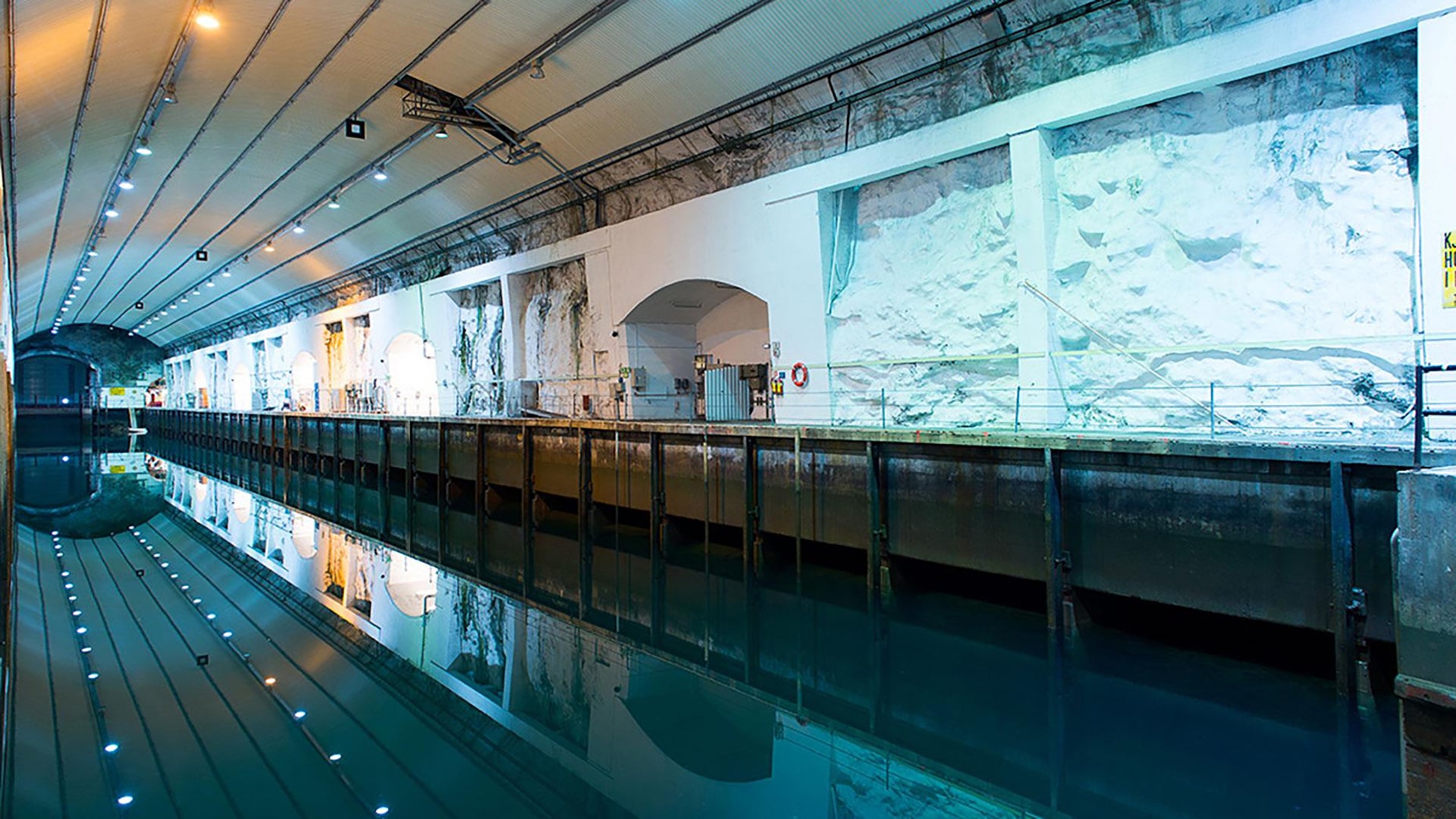U.S. Navy submarines could operate in the near future from a cavernous Norwegian naval base built under a mountain. A reported deal to re-open the once-secret facility comes amid concerns about increased Russian submarine activity in the nearby Barents Sea and the Arctic region. There has also been a notable uptick in American military activity in these same areas, including an unusually public port visit by the secretive first-in-class submarine USS Seawolf to Norway in August.
Norway’s state broadcaster NRK
was first to report on the potential rehabilitation of the Royal Norwegian Navy’s former base at Olavsvern, near the city of Tromso, for use by American submarines on Oct. 10, 2020. Active Norwegian naval operations at this facility, which is now privately owned and operated, came to an end in 2002 and it was officially decommissioned in 2009. NRK said that American military officials have made a number of visits to the site recently and a lease deal allowing for U.S. naval operations to begin there could be signed within the next week.
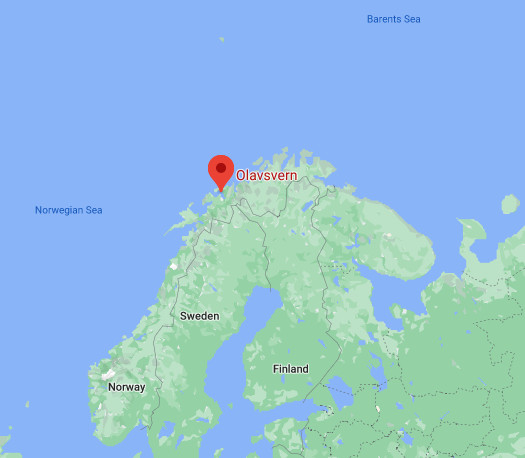
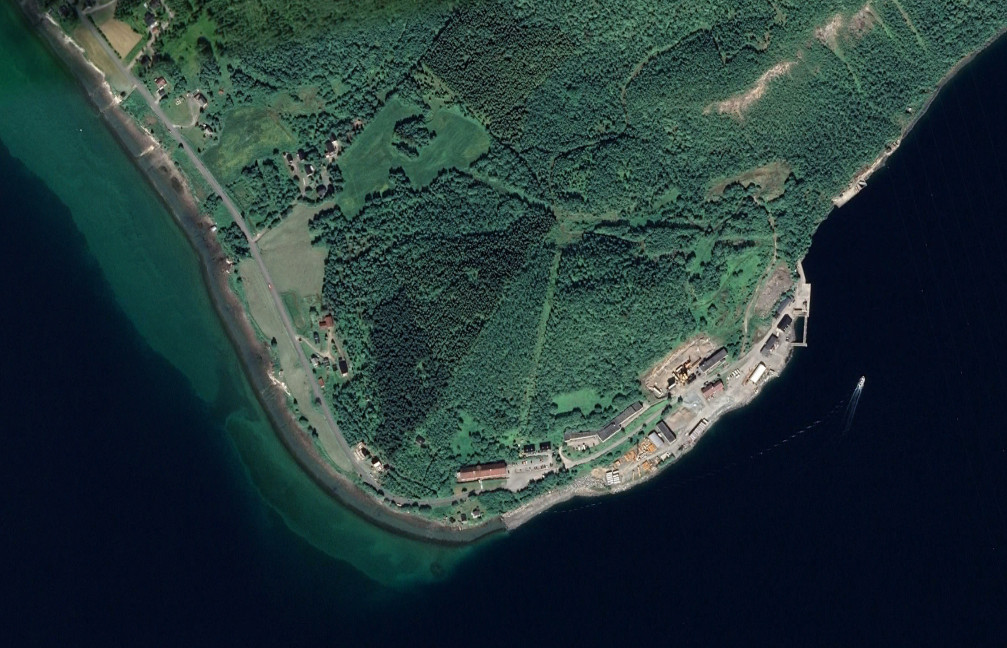
At present, Norway allows U.S. submarines to sail into the Malangen fjord near Tromso to conduct personnel transfers and get fresh supplies. However, under this arrangement, small boats have to take passengers and cargo to and from the submarines, limiting the kind of support that can be provided to the American vessels.
Olavsvern would not only offer an actual physical facility for American submarines to operate from in this strategic part of the world, but a robust one with 32,000 square feet of deep-water docking space, including a full dry dock for maintenance, underneath the mountain. A 3,000-foot-long entrance tunnel, with a large blast door at the front, leads in and out of these berths. The entire base, some areas of which are nearly 900 feet underground, covers some 270,000 square feet, in total, and includes barracks, storage, and maintenance facilities above and below the surface.
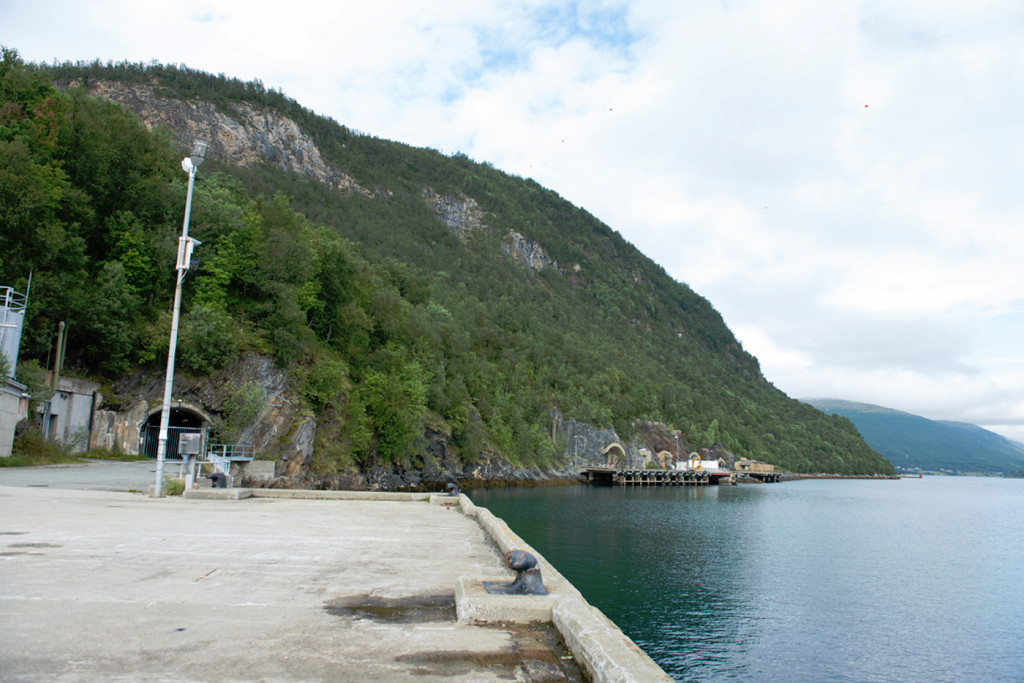
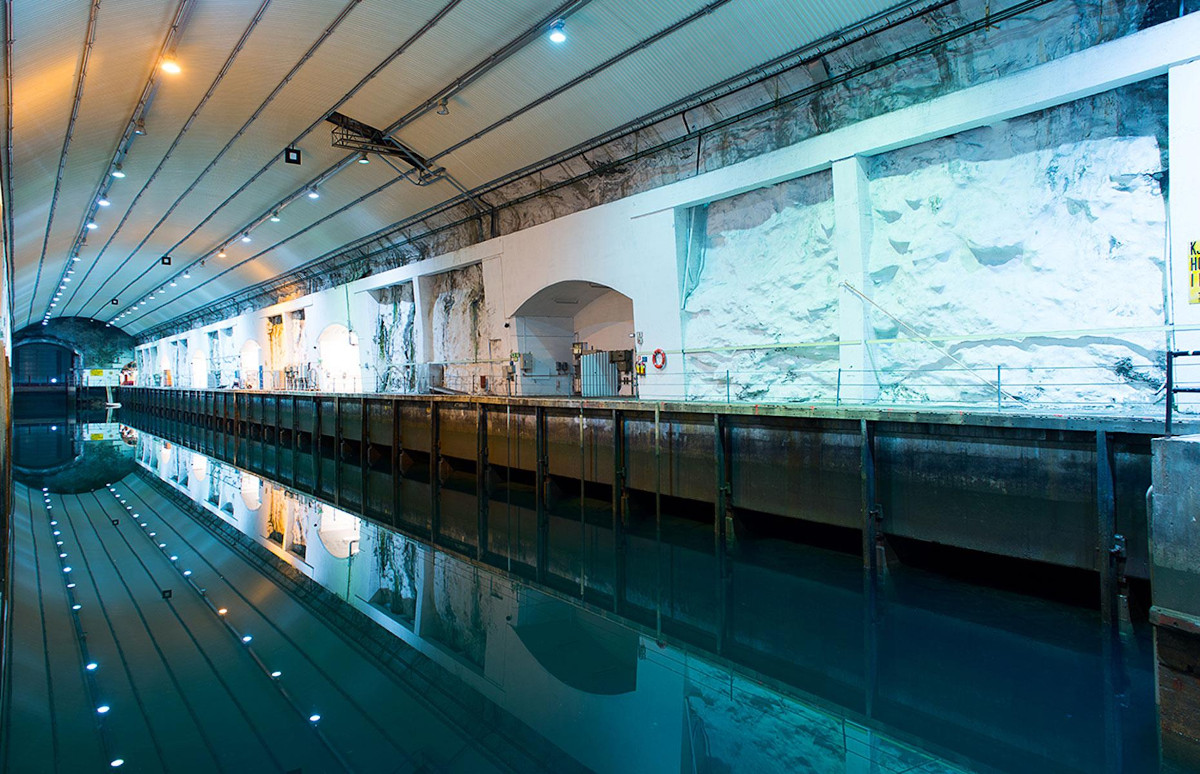
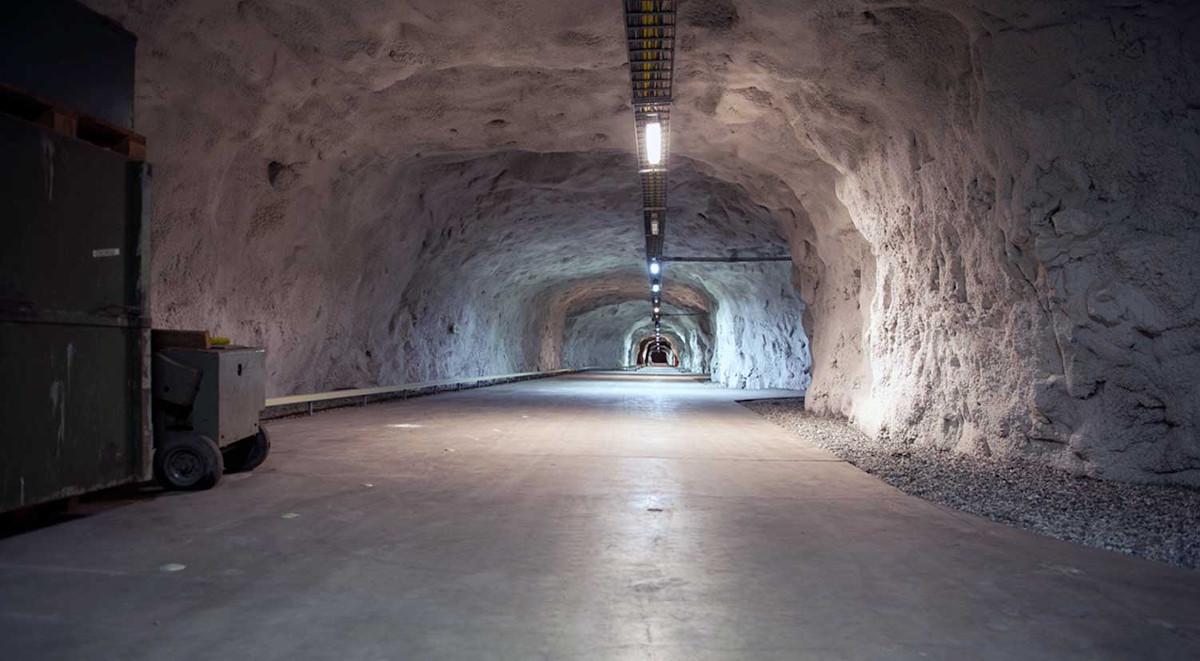
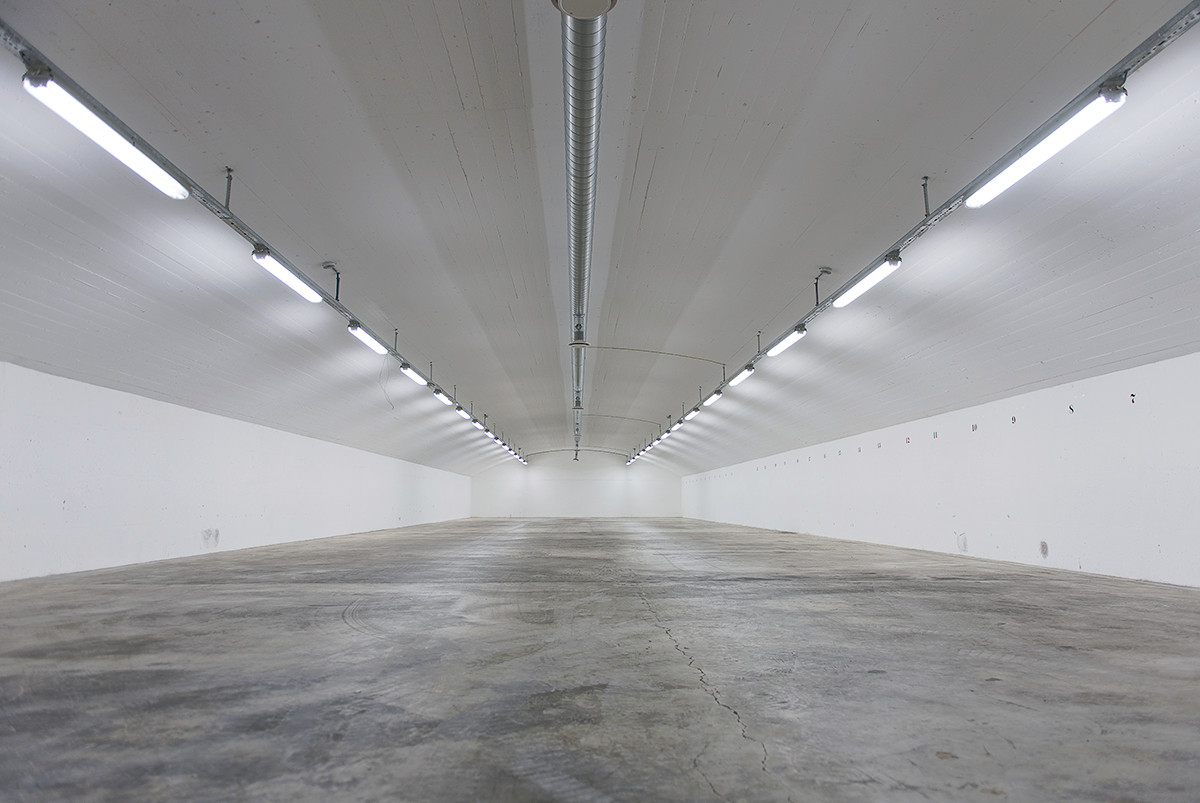

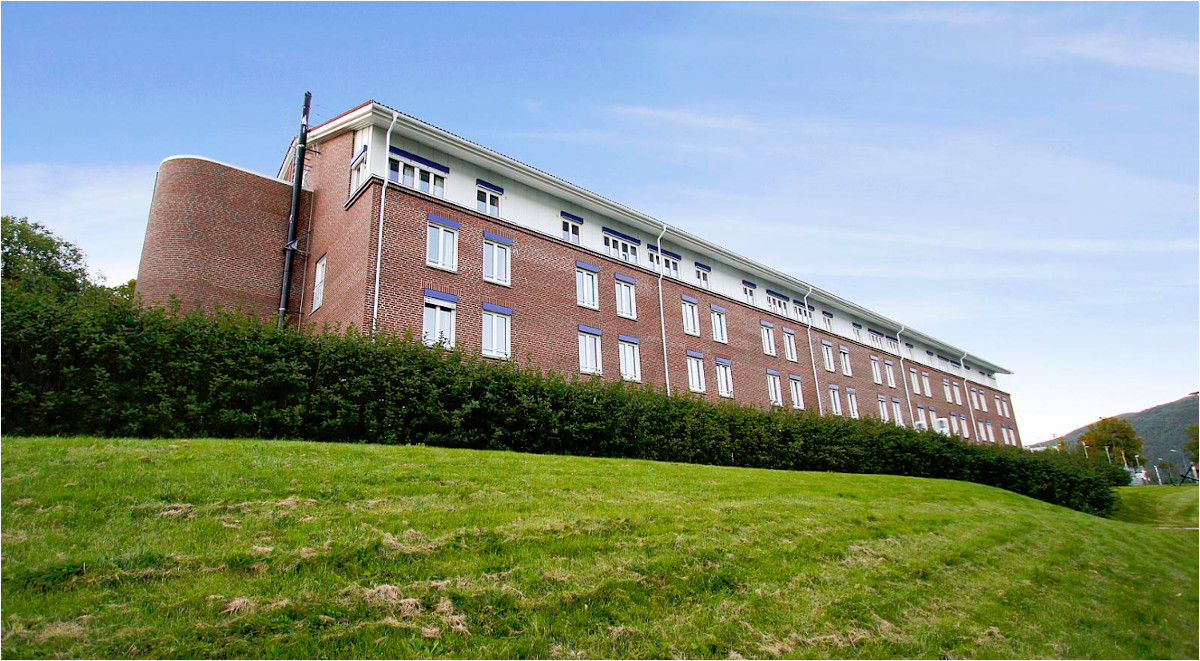

Work on the base began on Olavsvern in 1964, at which time it was seen as a vital future facility to support naval operations in the Barents Sea and surrounding areas in the event of a major conflict with the Soviet Union. Building the base, which is situated less than 300 miles from Russia, deep underground offered added defense against an initial onslaught if war were to break out.
Building the base, plans for which were initially a closely-guarded secret, was an immense undertaking for Norway and was completed with significant financial assistance from the NATO Alliance. It ultimately took 30 years for the facility to be completely finished, by which time the Soviet Union had collapsed.
Of course, it’s worth noting that Norway is hardly the only country to have built large subterranean military facilities, including underground naval bases capable of accommodating submarines, as well as other warships. China’s Yulin Naval Base on Hainan Island in the South China Sea is one of the best known examples, which you can read about in more detail in this War Zone piece.
However, the Norwegian government subsequently determined that the base was extraneous to its post-Cold War needs. Two years after formally shuttering it in 2009, authorities in that country put it up for sale on the open market, with an asking price of around $17.5 million. The eventually winning bid from Olavsvern Group Limited was just under $6.5 million. This was a fraction of the cost to build the base in the first place, which was reportedly some $500 million, in the end, a figure that may not fully account for inflation after construction began in the 1960s.
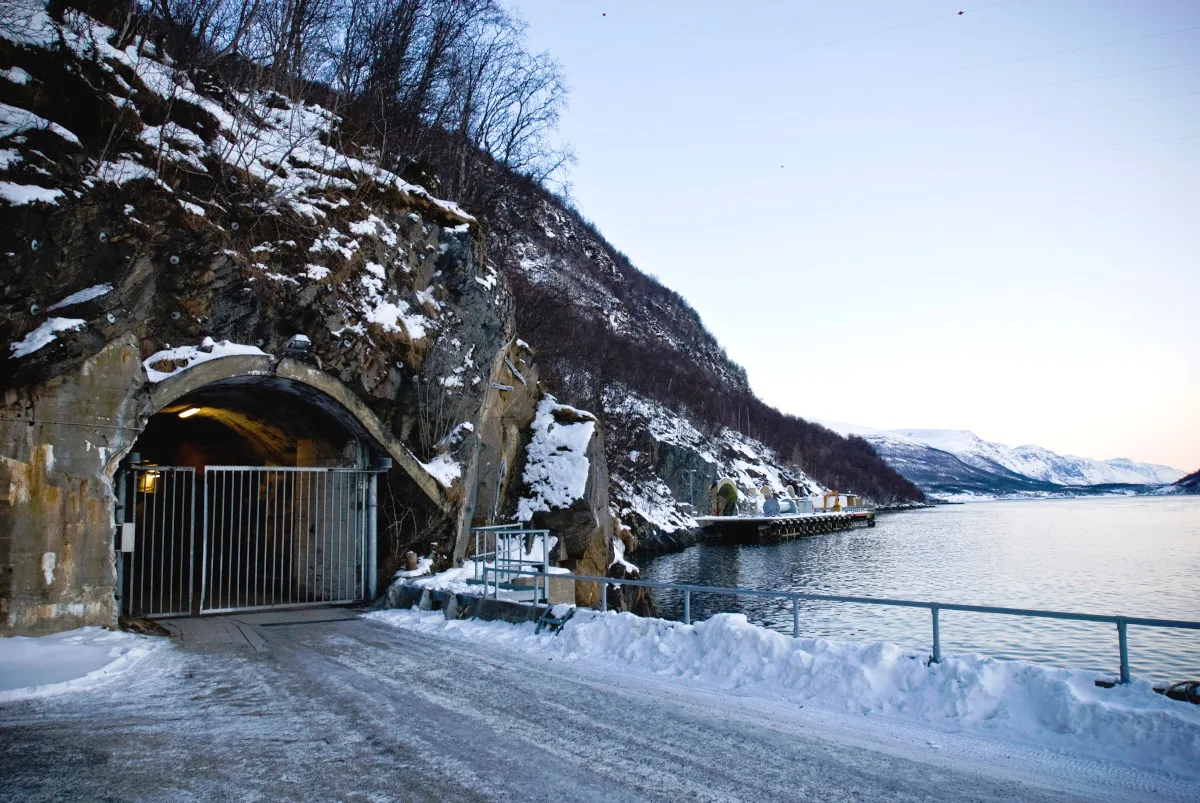
To add insult to injury, one of the first entities that Olavsvern Group rented the base to after that was an operator of underwater seismic survey ships that was linked to Russia’s partially-state-owned energy company Gazprom. It’s not immediately clear how long that arrangement lasted, but it would have been increasingly politically untenable as Norway, among others, hit Russia with sanctions after the Kremlin illegally seized Ukraine’s Crimea region in 2014.
Whatever the case, in 2019, Norwegian firm WilNor Governmental Services Limited acquired a controlling stake in the Olavsvern Group and subsequently announced its intention to make the base available to the Norwegian military, as well as those of Norway’s allies. Four years earlier, WilNor had received a wide-ranging contract from the Norwegian Defense Logistics Organization to provide logistics support to the Norwegian Armed Forces.
This deal with WilNor could make it relatively easy for Norwegian authorities to reopen Olavsvern and make it available to American submarines, as well as other ships. How long it might actually take for the U.S. Navy to begin operations there and what improvements or additions the facilities might need to support nuclear-powered submarines is unclear. Whether or not American submarines will actually be able to fit inside the base, or will simply dock outside, with internal areas simply providing operations and storage space, remains to be seen, as well.
NRK‘s report also indicated that Norwegian officials may be looking to offer Olavsvern as an alternative to above-ground berthing in ports in and around Tromso. In September, shortly after USS Seawolf‘s unusually public appearance the Malangen fjord, authorities in Norway announced plans to expand facilities in that city to accommodate American submarines. Local authorities have reportedly voiced concerns about the potential safety risks of having nuclear-powered submarines in their ports.

“The decision to use Grøtsund harbor [near Tromso] was made after consultation with the American authorities,” Norwegian Minister of Defense Frank Bakke-Jensen told NRK. He declined to confirm or deny any plans for the U.S. Navy to use Olavsvern and had also previously told the state broadcaster that the Defense Ministry reserved the right to overrule any local objections to basing arrangements.
“When it comes to Olavsvern, there is currently talk of storing equipment for the Norwegian army and HV [Heimevernet; the Norwegian Home Guard],” he added. NRK further reported that the U.S. Navy did not appear to be interested in giving up its ability to use above-ground facilities in the area, though it was open to using the underground naval base, as well.
“The U.S. and Norway have a great relationship, and our ability to use facilities in and around Tromso would provide a strategic location for our visits,” a U.S. defense official had told Breaking Defense in September. “It would give us flexibility for not only the U.S. but allied countries to exercise in the High North.”
The Navy is particularly interested in ways to expand its presence in the Barents Sea and the Arctic amid growing Russian activity in the region, which includes a significant uptick in Russian Navy submarine operations and the notable physical expansion of a constellation of air and other bases across Russia’s territory in the far north. The Barents Sea is a major transit point for Russian submarines and other warships heading from their bases in the northwestern part of the country toward the Atlantic via the so-called Greenland, Iceland, United Kingdom (GIUK) gap.
The U.S. military’s interest in the ability to operate from naval and other facilities in this general region is only likely to increase in the near future, in general, as well. The U.S. Marine Corps actually already uses another underground bunker complex in Norway, near the city of Trondheim, to store vehicles and other equipment to support rapid deployments.
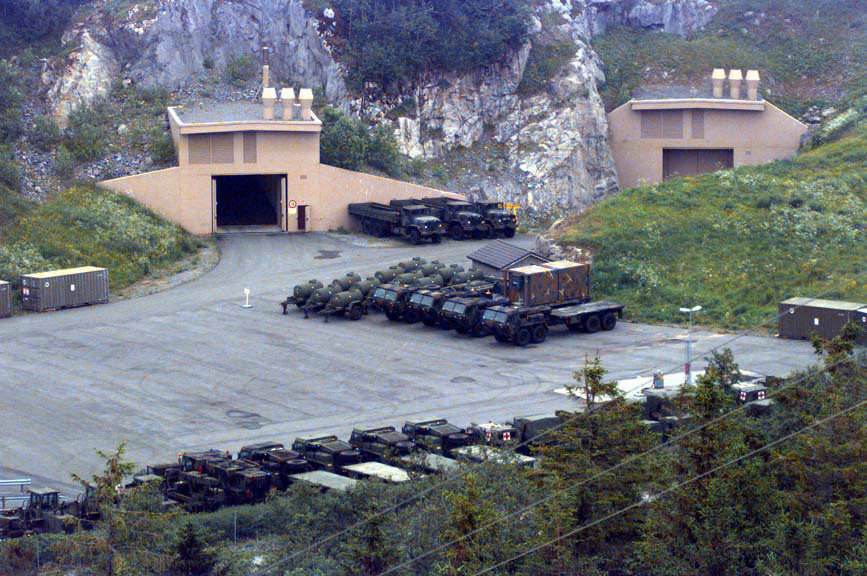
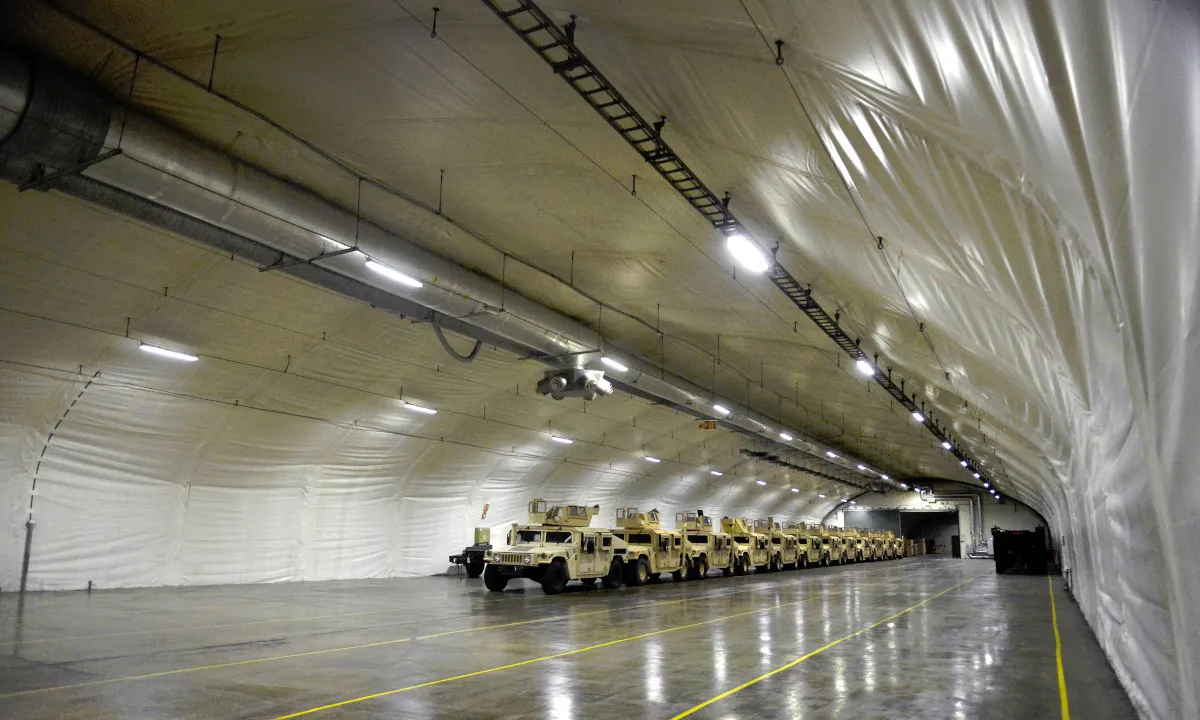
This broad area has seen a large amount of military activity, in general, both on the Russian and NATO sides, in recent years. Norwegian authorities have also accused Russian forces of conducting mock attacks on its territory, including simulated strikes on a secretive radar facility in Vardo, on multiple occasions as part of exercises.
Depending on how discussions between U.S. and Norwegian officials proceed now, American submarines operating out of the caves at Olavsvern could become a new addition to the strategic equation in this region.
Contact the author: joe@thedrive.com
